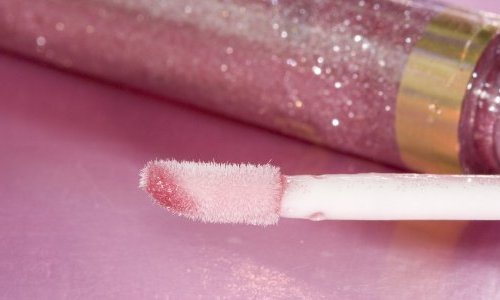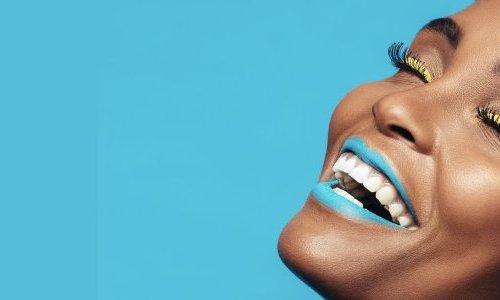The ban - which came into force in the states of New South Wales, Victoria, South Australia, Tasmania, Queensland and in the Australian Capital Territory on January 1 - made Australia the second nation after Brazil to impose such a restriction, public health campaigners said.

Previous research suggested that the use of sunbeds by people aged 18 to 39 increases their risk of developing melanoma, the most common form of cancer among young Australians, by an average of 41 per cent. © VojtechVlk / shutterstock.com
Western Australia has said it would also implement a ban, though it has yet to announce a start date. There are no commercial solariums in the only other part of Australia - the hot and humid Northern Territory.
Cancer Council Australia welcomed the ban, which it has long pushed for, adding that it would help to reduce rates of skin cancer, which affects two out of three Australians by age 70. "Australia has one of the highest rates of skin cancer in the world," advocacy director Paul Grogan said in a statement to AFP. "Solariums expose users to extremely highly levels of UV (ultraviolet) radiation, greatly increasing their risk of melanoma and other skin cancers."
The sunburnt country
Australia is sometimes referred to as the sunburnt country, where beaches are thronged with bathers basking under blue skies and the rates of melanoma, a potentially fatal form of skin cancer, are the highest in the world.
Australia’s proximity to Antarctica, where there is a hole in the ozone layer which normally filters out UV rays, also increases the risk.
Public health campaigners and authorities have long pushed to promote awareness of the dangers of exposure to the sun, urging people to wear sunscreen, hats and sunglasses. They have also warned that tanning on a sunbed is not safe. "Queensland already has the highest rate of skin cancer in the world and there is no question there’s a direct link between regular sunbed use and the incidence of malignant melanoma," the state’s interim Health Minister Mark McArdle told Australian Associated Press.
The incidence of skin cancers in Australia is two to three times the rates in Canada, the United States and Great Britain, the Cancer Council said. More than 2000 Australians died from skin cancer in 2011, the majority from melanoma, which is caused by harmful ultraviolet light from the sun, the council added.
Previous research suggested that the use of sunbeds by people aged 18 to 39 increases their risk of developing melanoma, the most common form of cancer among young Australians, by an average of 41 per cent.
The ban was supported by a majority of Australians, the council said, in a recent survey of 6,300 people, while fewer adults and youths said they had used a solarium in the past year. About one per cent of adults and 0.3 per cent of youths used a sunbed, the data showed, down from 2.2 per cent and 1.2 per cent a decade ago.
Several European countries and American states have also banned the use of sunbeds by minors, according to research published in the journal Nature.




























